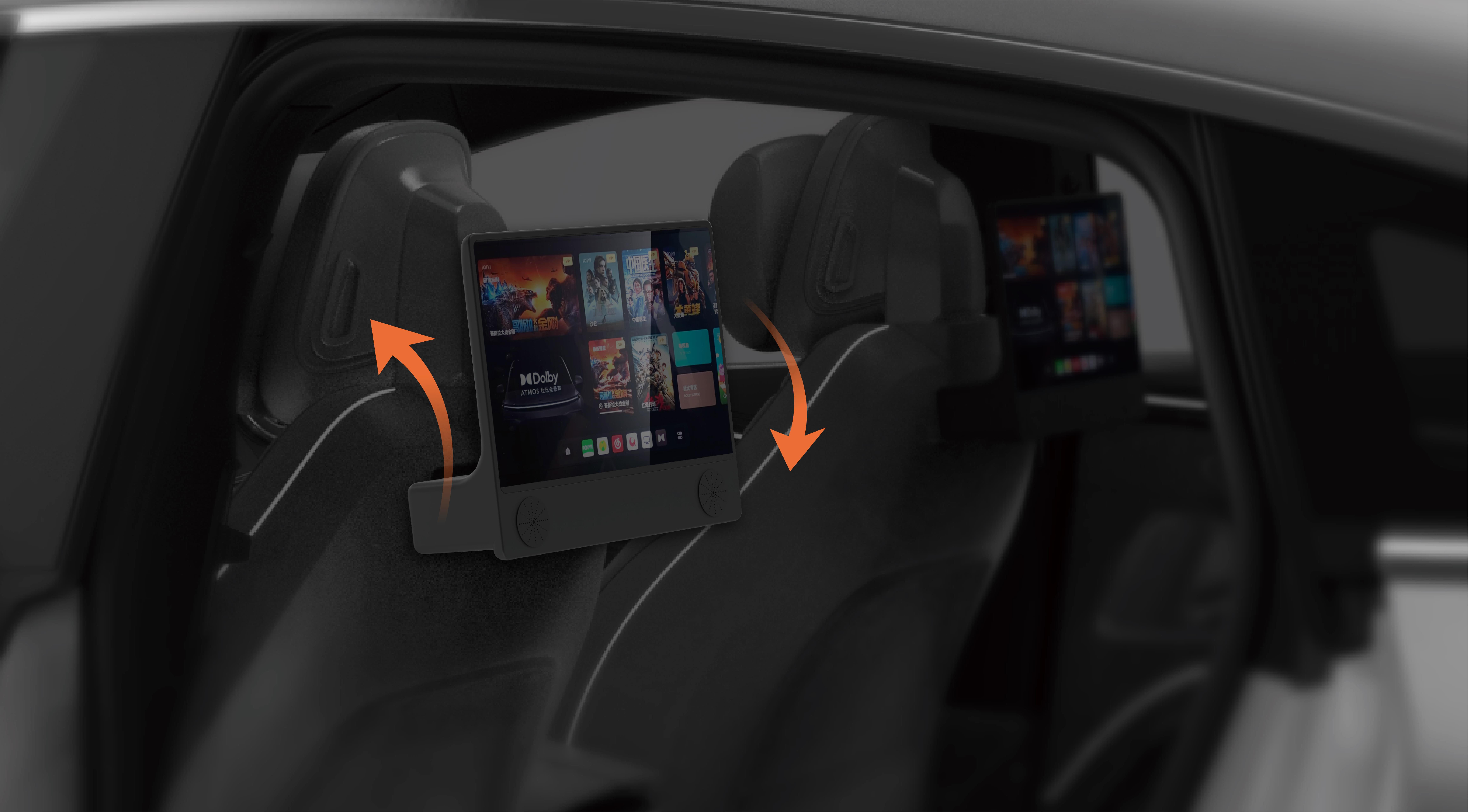When it comes to safeguarding digital assets, the debate between monoliths and microservices is more than just tech talk — it’s about real security, real risks, and real control. Picture this: you’re running a complex system, like a city with its traffic woven into various districts. Do you build one massive fortress to guard everything, or do you spread out your defenses into smaller, more agile units? That’s the essence of monoliths vs microservices security.

Monolith architectures are like that big, solid castle. Everything is tightly packed, which sometimes gives a false sense of security. If someone cracks through one door, well, the whole castle might be compromised. Managing security in such a setup means locking down the entire structure at once — updates, patches, and fixes become a big deal. It can be a slow, cumbersome process. But there’s a certain simplicity in control, and often, it’s easier to monitor and defend one giant structure than dozens of tiny ones.
Then, on the flip side, microservices are like a network of interconnected shops. Each has its own security measures, its own defenses. Small, independent units that can adapt quickly. When a problem pops up in one shop, you don’t have to shut down the entire city’s system — just isolate that issue. That flexibility means you can patch or upgrade parts without disrupting everything else.
But, here’s the catch: microservices come with their own set of challenges. Managing security across multiple, dispersed services isn’t a walk in the park. You need precise control, consistent policies, and a strong security protocol that works seamlessly across all units. Otherwise, you risk gaps that hackers could exploit.
Now, imagine you’re deciding which path to take. Which one offers better security? It depends. If you want tight control over a small, manageable system, monoliths might be your friend. But if your focus is on agility, scaling, and limiting damage when breaches occur, microservices shine.
Let’s keep it real: in today's fast-evolving digital world, nothing is perfect. What's important is developing a security strategy that recognizes these differences. Microservices need comprehensive identity management and automated security checks. Monoliths demand rigorous patching routines and centralized monitoring.
If someone asks, "Is one inherently safer than the other?" that’s a tricky question. It’s about how you handle what’s underneath. Scale, threat landscape, your team's capacity — all of that plays a role.
Think of it like this: no matter the architecture, resilience is built through layered defenses. Combining the strengths of microservices with the control of monolith-like security practices might just be the winning formula.
In the end, understanding these distinctions isn’t just geek talk. It’s about making smart, informed choices to protect what matters most. Because the real winner isn’t just the architecture you pick, but how you wield its security capabilities to keep your digital world safe and sound.
Established in 2005, Kpower has been dedicated to a professional compact motion unit manufacturer, headquartered in Dongguan, Guangdong Province, China. Leveraging innovations in modular drive technology, Kpower integrates high-performance motors, precision reducers, and multi-protocol control systems to provide efficient and customized smart drive system solutions. Kpower has delivered professional drive system solutions to over 500 enterprise clients globally with products covering various fields such as Smart Home Systems, Automatic Electronics, Robotics, Precision Agriculture, Drones, and Industrial Automation.




































